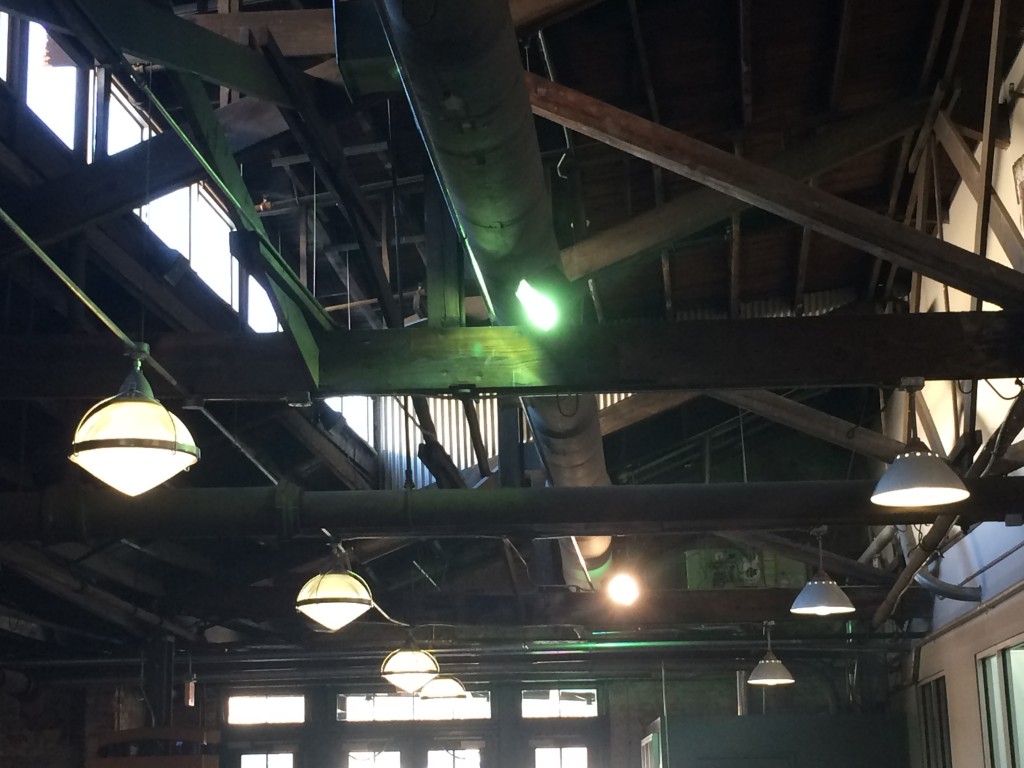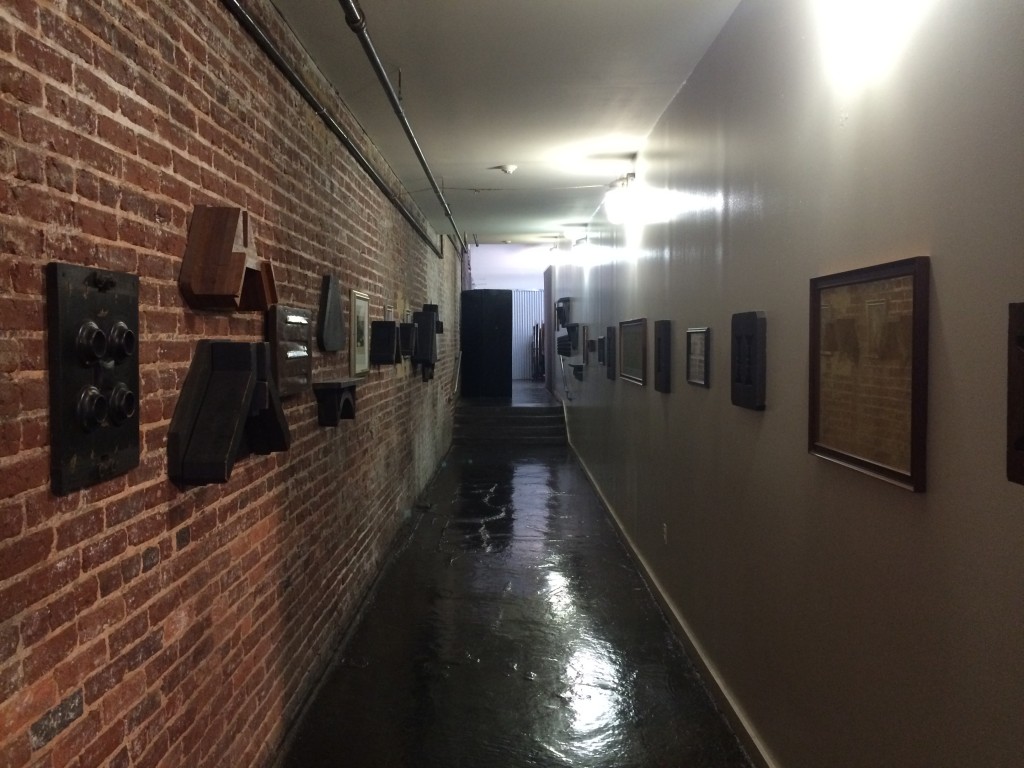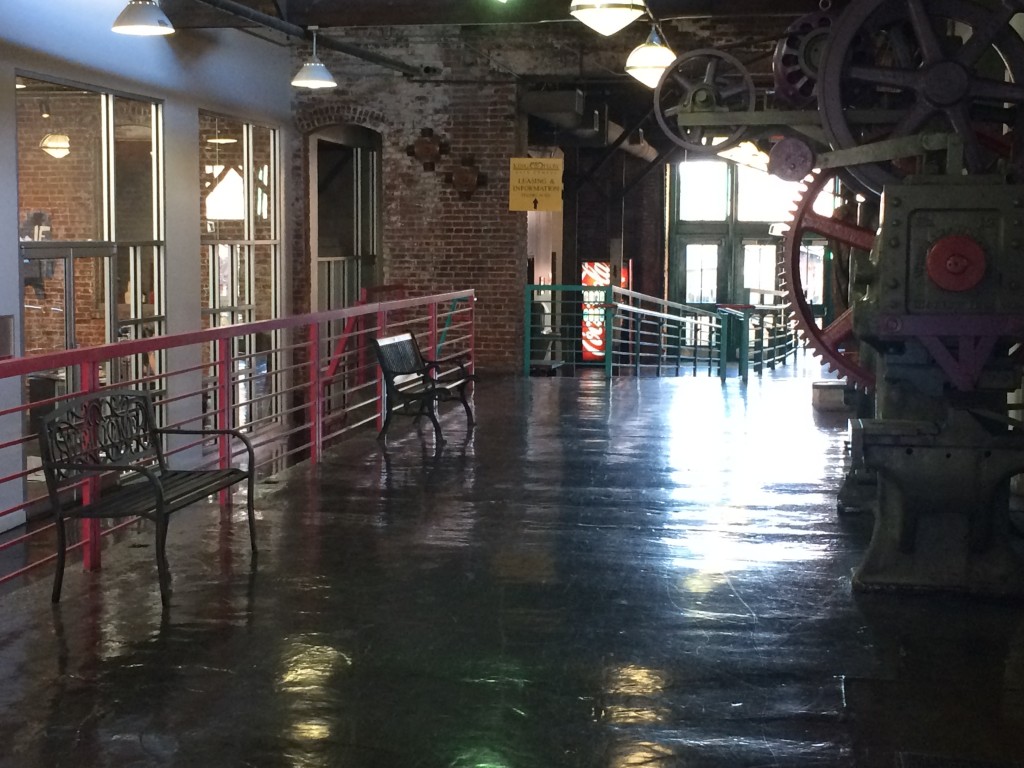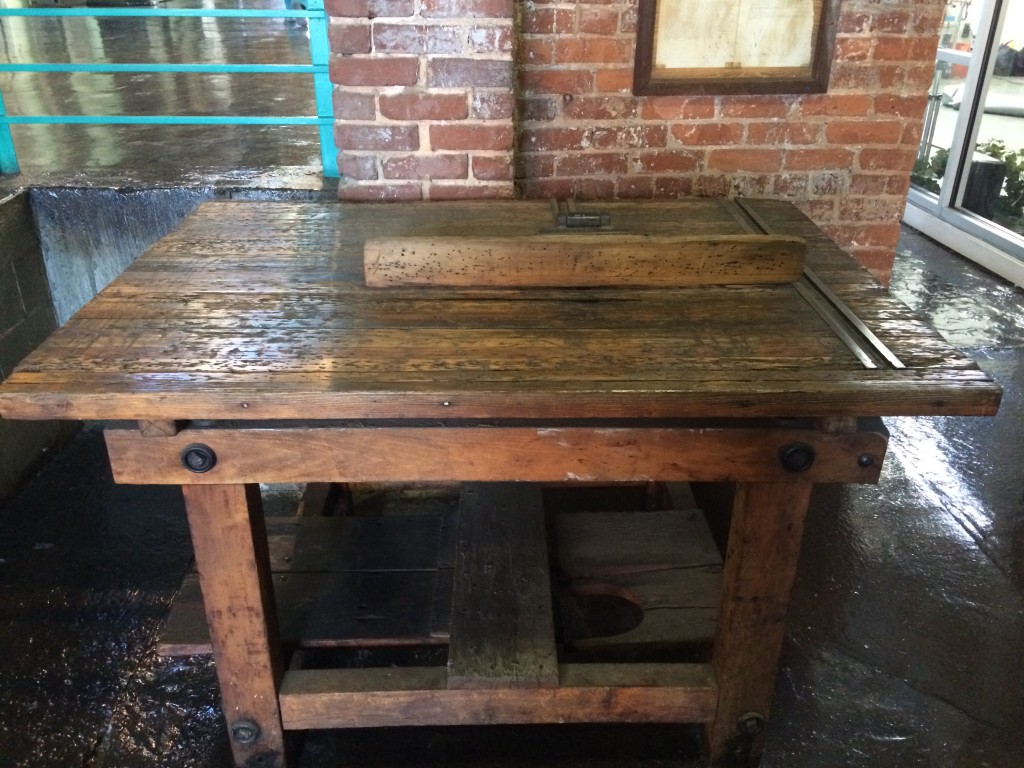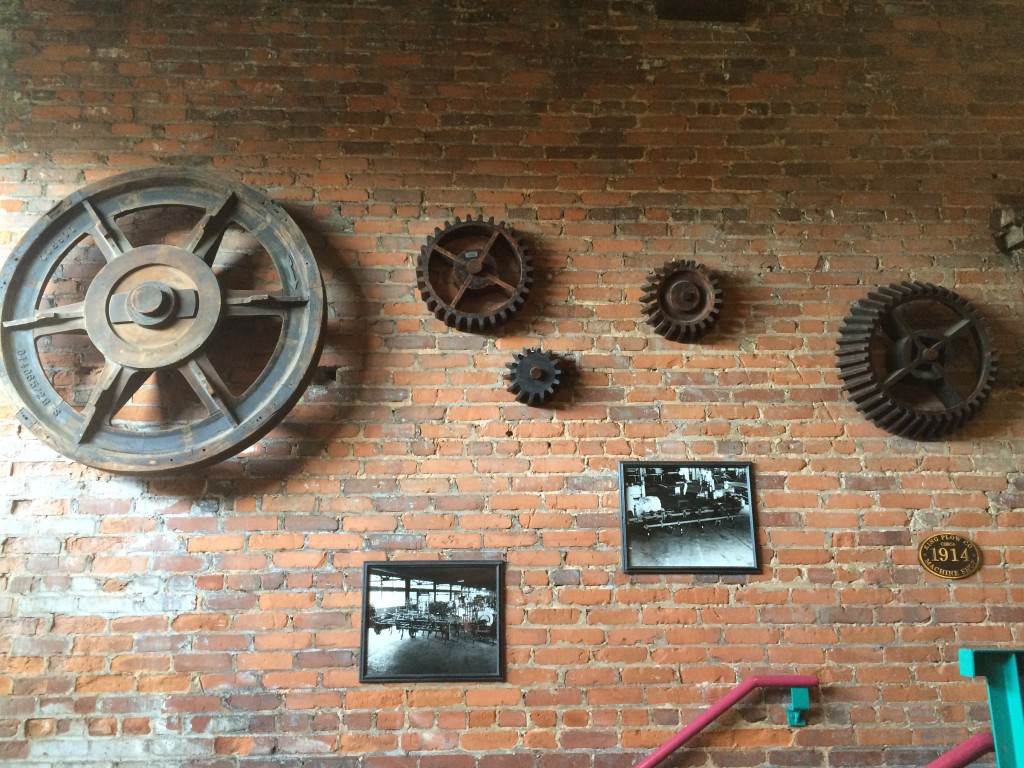The site I am describing is the www.CDC.gov, the website for the Centers for Disease Control and Prevention, which is situated in Atlanta, Georgia. The CDC itself was created in 1946 and its original purpose was to continue the work started by the World War II Malaria Control in War Areas program; a program created to help fight Malaria here in the United States. However, since then the scope of the CDC has expanded to encompass all diseases (Parascandola).
The color scheme of the website is blue and white, which provides a calming and reassuring effect on me. The colors also invoke in me the idea of cleanliness. These are the same kind of colors one would expect to see in a hospital, and I believe they serve the website well as opposed to a color like green, which would dredge up ideas of disease and death. The latter would give me the impression that the CDC is doing such a bad job at containing disease that even their own website has been infected.
The site is divided up into the categories: Outbreaks, News, CDC in Action, and About CDC. There are drop-down menus for the following topics: Diseases & Conditions, Healthy Living, Traveler’s Health, Emergency Preparedness, and More CDC Topics. The website makes use of a giant banner at the top of the page that focuses on what I presume the CDC believes is currently paramount—which is presently the Zika virus. All these topics are apparent on the front page and they indicate why one might visit the www.CDC.gov.
Here’s a one-minute clip showing the color and organization of the site.

Here’s a picture of the banner the website uses.
I also noticed that the designer of this website makes an attempt to demonstrate that this space is for all types of people and that the CDC is not discriminatory through their selection of pictures and options. For instance, the website uses pictures containing a diversity of people ranging from white, brown, black, adults, children, female, and male. These people are also shown engaging in a variety of activities. In one picture there’s the caption “Improving Workplace Safety and Health” with an attractive, skinny, and white woman wearing safety goggles, ear muffs, and an apron, with sparks flying up as she works on something that is just out of the picture. Then there’s a picture of a family of minorities in the outdoors with the caption, “Minority Health Month”. Lastly, in the upper-right corner of the website there is the option to change the language of the website to Spanish.

Here’s a picture representing some of the diversity found on the site.
The site www.CDC.gov is welcoming, assessable, diverse, and provides information for a wide range of topics dealing with diseases, health, and natural disasters.
Parascandola, John. “From MCWA to CDC–origins of the Centers for Disease Control and Prevention.” Public Health Reports. U.S. National Library of Medicine, 1996. Web. 01 Apr. 2016.




